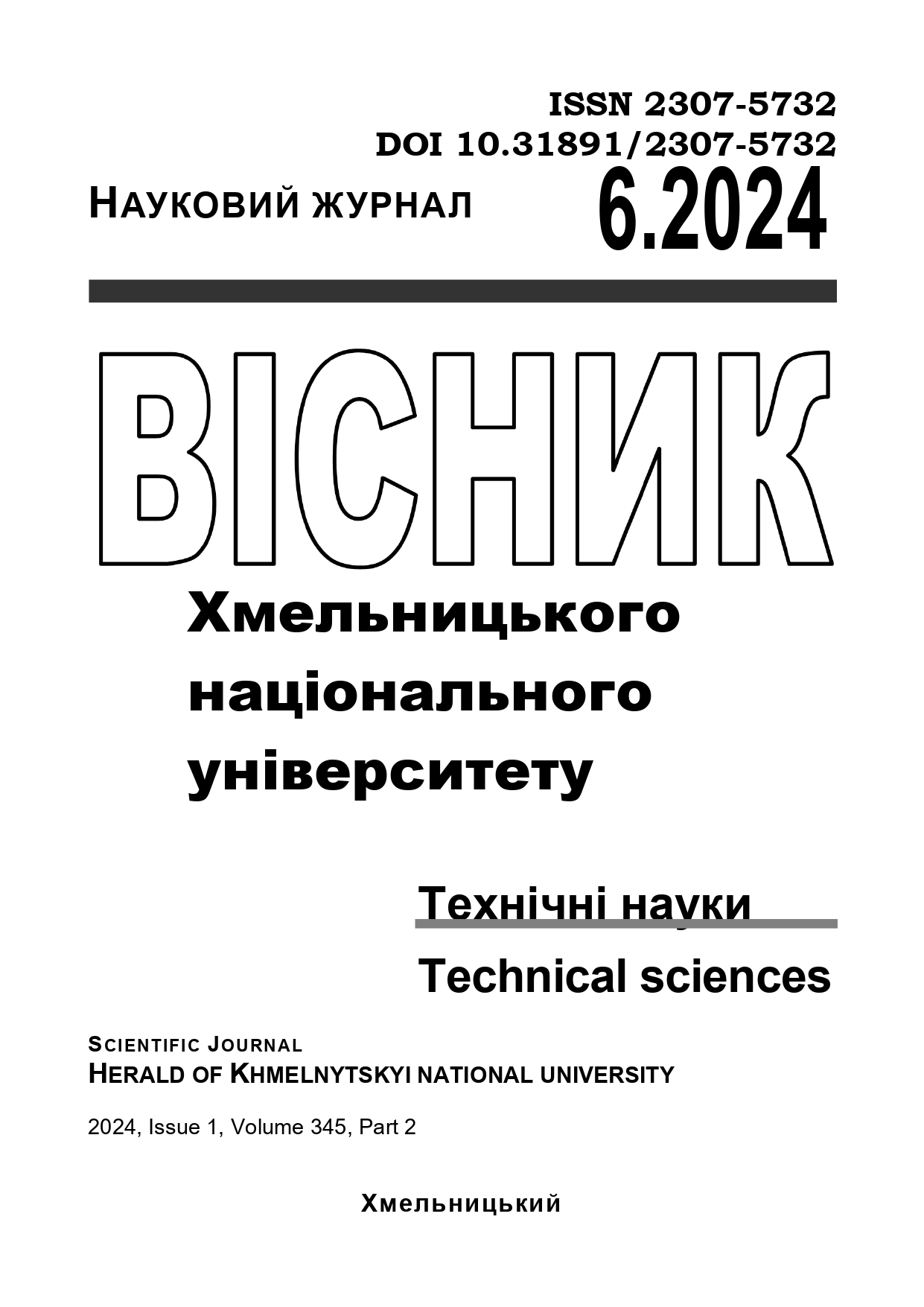An Intelligent ALGORITHM FOR BALANCING THE MODE OF AN AC MOTOR IN CONDITIONS OF POWER SUPPLY FROM A RURAL GRID
DOI:
https://doi.org/10.31891/2307-5732-2024-345-6-31Keywords:
asynchronous motor, reactive power, rural network, mode asymmetry, search optimizationAbstract
The article explores methods for optimizing AC motor power supply conditions during source asymmetry through computer modeling. The study utilizes a comprehensive MATLAB SimPowerSystem model featuring a 20HP asynchronous motor (460V, 60Hz) to address power quality issues prevalent in rural electrical networks. The optimization approach employs the Nelder-Mead method to achieve complete reactive power compensation and current symmetrization. The model incorporates virtual measurement devices for monitoring three-phase power parameters, with the optimization criterion based on a spherical norm of reactive power values from each phase.
The research demonstrates that strategically sized compensating capacitors, connected in parallel with motor terminals, can effectively balance system currents while compensating for both motor reactivity and network asymmetry. The results show marked improvements in power quality metrics, with symmetrical line currents and reduced amplitudes.
Implementation considerations focus on rural power network applications. While the method successfully symmetrizes line currents, supply voltage asymmetry remains present. The study explores integration possibilities with smart grid technologies, suggesting automated control system applications for rural networks. Simulation results validate the methodology's effectiveness, demonstrating balanced current distribution across phases while maintaining stable motor operation under specified loads. This approach proves particularly valuable for agricultural applications with consistent load patterns. The research emphasizes the cost-effectiveness of capacitor-based solutions compared to complex power electronic alternatives, making it suitable for budget-conscious agricultural implementations. The study's significance lies in its practical approach to power quality improvement in agricultural settings, offering a solution that balances technical effectiveness with economic feasibility. The results provide valuable insights for power system engineers working on rural network optimization and agricultural automation systems.

